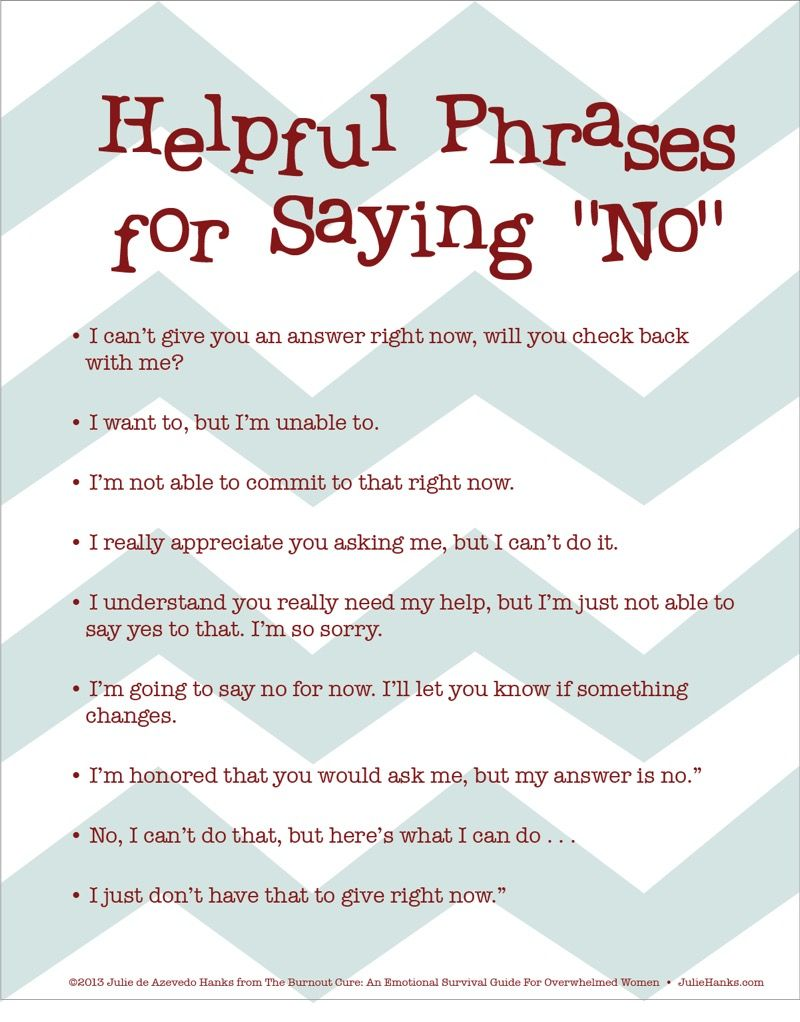
Table of Contents
- 8 Signs It’s Time to Drop That Client
- Key Takeaways
- Conclusion
- FAQs
Most freelancers realize that certain clients are simply unworthy (and even insufferable). In the early stages of beginning a project, every client may appear plausible, so you accept whatever work is provided. This can lead to long-term clients that don’t match the “ideal client” model you develop as your career expands. This is when knowing when to drop a client comes in handy.
This is when you should reconsider your client. You are as much in charge of the issue as they are, and if you recognize that, your business will function much more efficiently in the future. Toxic clients can make you less efficient and successful. While each case is unique, terrible clients have similar characteristics. If any of the below-mentioned red signs remind you of a client, terminate your relationship with them.
8 Signs It’s Time to Drop That Client
How can you know when to drop a client? Here are some signs that it’s time to let go of your client.
1. They don’t respect you
Your clients should respect you. It is the foundation for a fair, honest, and open working relationship. A client’s behavior might be unpredictable when you initially start working with them. However, their poor behavior should not be excused. If a client is impolite, unpleasant, or too critical of your work, it’s time to end the freelancer-client relationship. You may be concerned about ruining your reputation, but if you are unhappy or mistreated, your job’s quality will suffer, ultimately costing you clients.
Remember to approach assignments professionally in the future. The first impact you make on a client is enduring, so be confident in presenting your service or product. It’s impossible to continue working with clients that don’t regard your worth or respect your talents and expertise. This is when you must terminate your relationship with the client.
2. They demand more work than what’s mentioned in the contract
An uncooperative client is a waste of your or your agency’s resources, so be wary of clients that incessantly press you to complete work that isn’t specified in the contract. Such a situation is referred to as “scope creep”. Learning how to drop a client in such scenarios is especially helpful.

3. They engage in abusive behavior
It’s one thing to be demanding or fussy, and quite another to criticize someone to the point of abuse (physical, emotional, or mental). There is no point in working with someone who screams at you, gaslights you, or calls you names all the time.
4. They have unrealistic expectations
Clients that have excessive expectations of what you or your team can do for them, and who refuse to listen to your reasons, should be avoided at all costs. Learn how to drop such clients.
5. You are underpaid or paid late
Negotiating the best prices is critical to your business’ success. One or two underpaying clients will reduce your overall comparable hourly rate. Accepting a low-paying job will negatively impact your self-confidence and morale (not to mention your bank account) and likely reduce the quality of your work. You’ll also lose enthusiasm and ambition to modify your condition and seek new clients.
Choosing your rates based on your financial needs; the scale of the project; and the degree of service, talents, and value you can provide can help you avoid being underpaid. Every business will face a non-paying client at some point. Invoices that are long-due are sadly prevalent.
Late payment is generally a mistake or more typical of your client’s oversight than a deliberate attempt to evade payment. These are challenges any self-employed individual should expect. And generally, patience and a friendly email reminder are enough to get your payment.
You may be working on many projects for one client who continues to assign work and set deadlines despite unpaid invoices. In this instance, you have some power, as you can halt development until your invoices are paid. If these measures don’t work, you know how to drop a client.
6. They demoralize you
Your crew is one of the most crucial components of your work. Therefore, ensuring their well-being should be a priority. Even as a freelancer, you can work in tandem with others. If many team members dislike a client for a reason, you know it’s time to end that freelancer-client relationship.
7. You’re not quite feeling it
Many times, you may feel obliged to take up a project you may not particularly be sure or fond of. It’s usually because you don’t want to upset a client. However, it shouldn’t be that way. If you don’t have a rush of enthusiasm when you receive an initial inquiry, you may choose to decline the task.
You should carefully curate your portfolio, and include the types of projects that you want to be recognized and get hired for in the future. This is one reason why it’s crucial to learn how to drop a client.

8. They don’t respect your time
Has a client has placed an overly high expectation on you to do the assignment in a short period? What about one who doesn’t seem to comprehend that you aren’t at work 24 hours a day and seven days a week? Clients that don’t respect your time are taxing. Let them go.
Key Takeaways
- Learning how and when to drop a client is a crucial skill all freelancers must acquire.
- Many clients are simply not worth your time and effort.
- You should not hesitate to drop a client just because you can’t say “no”.
- You must definitely terminate your relationship with a client if they are disrespectful, abusive, and inconsiderate.
- Make sure you have a robust, dependable community you can turn to for advice and solutions.
Conclusion
It is only with experience that you learn how and when to drop a client. As a self-employed professional, you must weigh all the possible ramifications of terminating a client relationship to make the best, most informed decision for yourself.
It’s critical to remember that you cannot be everything to everyone, and that not every client will be an ideal fit for you. Inevitably, you’ll encounter a few rotten apples, but with time and expertise, you’ll learn to identify worthy projects and clients.

FAQs
Client relationship management is important to maintain a calm, logical, and respectful demeanor. Justify your decision to end the client relationship, but avoid emotional outbursts and name-calling. While an email might initiate the process, you should follow up with a phone call to walk your client through your decision and answer any questions they may have.
Perhaps you discover the client lacks the financial means to purchase your goods or is the wrong fit for your service. Perhaps they’ve outgrown the size of the location in which you’d like them to be. Maybe they’ve sold their firm or have become an exclusive individual client. If the client doesn’t align with your goals or ethics, it is alright to terminate the freelancer-client relationship.
The manner in which you terminate a client relationship is critical. Here are a few points that might help.
Never accuse or insult the client. Explain the issue to them gently, and don’t point fingers.
Do not let them go until their project is completed, and until you receive your payment.
Never engage in debates over your choice.
Do not dismiss them via email. Set up a phone call.
Source
It’s preferable to do it in person, but if that is not feasible, a relaxed, honest, and courteous email is doable too. While informing them of your decision, make sure you tell them how grateful you’re to have been able to work with them all this while.
Toxic clients are excessively demanding clients, who disrespect you and your boundaries, who want far more than what they pay for, and who expect you to accept responsibility for their errors. Here are some red indicators to look for when determining whether a client is toxic.
1. There is a disregard for your professional opinion.
2. There is a breach of professional boundaries.
3. Their requests violate your ethical standards.
4. Your values are incompatible.
5. Unrealistic expectations become the norm.
6. They demonstrate a lack of regard.
7. They make late payments.
8. Conditions previously agreed upon are not satisfied.
9. They continuously donut and question your judgment.
10. They are hesitant to compensate for additional labor.
11. They consistently break your fundamental ideals.
12. There is a disregard for your time.
13. Your efforts are yielding no results.
14. They are intentionally sabotaging your efforts.
15. They are just concerned about themselves.
Latest Blogs
Explore how Google’s 2025 AI search updates triggered ranking chaos. Learn actionable strategies to adapt your SEO for AI Overviews, zero-click searches, and SERP volatility. Stay ahead now.
Learn how to rank on AI search engines like ChatGPT, Perplexity, and Gemini by optimizing your content for authority, structure, and relevance. Stay ahead in AI-driven search with this strategic guide.
Explore the best healthcare SEO services for your medical practice. Improve online visibility and effectively reach more patients in need of your services.
Get your hands on the latest news!
Similar Posts

Freelancing 101
5 mins read
11 Resources For Designers to Find Freelance Jobs Online

Freelancing 101
6 mins read
30 Freelance Industry Statistics to Get You Started

Freelancing 101
5 mins read